
Fast, affordable Internet access for all.

In this week’s round-up of broadband news, we culled three stories we think are worth reading.
How Much is Fast Enough?
The first is a story from Ars Technica – FCC chair: Speed standard of 25Mbps down, 3Mbps up isn’t good enough anymore – written by veteran IT reporter Jon Brodkin.
For years now, broadband-for-all advocates have lamented the FCC’s minimum broadband speed standard of 25 Megabits per second (Mbps) download and 3 Mbps upload as being laughably antiquated. Indeed, it’s been almost three years since we made the case for Why 25/3 Broadband Is Not Sufficient, though it was outdated long before then.
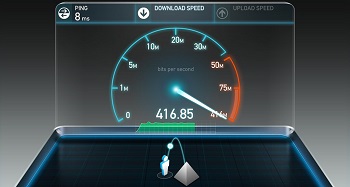
But as Brodkin reported this week, the FCC’s minimum speed standard “could finally change under Chairwoman Jessica Rosenworcel, who is proposing a fixed broadband standard of 100Mbps downloads and 20Mbps uploads along with a goal of bringing affordable service at those speeds to all Americans.”
Under Rosenworcel’s plan, the FCC would look at availability, speeds, and prices to determine whether the agency should take regulatory actions under Section 706 of the Telecommunications Act, which requires the FCC to determine if high-speed Internet access is being deployed "on a reasonable and timely basis" to all Americans.
With President Biden’s replacement nominee to the FCC Anna Gomez being approved by the Senate Commerce Committee two weeks ago, she appears to be on her way to being confirmed, which would break the FCC's 2-2 partisan deadlock – a reminder that Gigi Sohn should have been the fifth vote years ago, but Republican games and general lack of backbone among Democrats has left the nation’s top telecom regulator without a rudder for years.
Brodkin points out that with a 3-2 Democratic advantage on the FCC it could mean we see the FCC finally raise the speed standard and perhaps get a few other things.
“The FCC's previous Section 706 reports analyzed availability and included data on adoption but didn't consider affordability.”
“Raising the broadband speed standard and creating a price metric for the next Section 706 evaluation may require Gomez's support.”
There’s a lot of “ifs” involved and, given the continued influence of the telecom lobby, we wouldn’t hold our breath that a) the speed standard will be raised anytime soon or that b) the Democratic majority at the agency would reinstate Title II regulations on broadband.
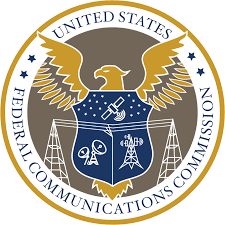
There is also the debate to be had about whether 100/20 Mbps is the right standard or should it be higher. There’s two broad schools of thought on that: one camp would make the “thank you, we’ll take what we can get” case, while many others would argue for a higher symmetrical standard analogous to the approach taken when building bridges. When we build bridges, they are not built to handle expected traffic just 10 years from now, but to deal with what can be anticipated for decades after that.
Regardless, as was discussed on the Connect This! Show on multiple occasions, the reason for the 100/20 standard is to keep the cable industry happy, not because there is any logic to a slower upload standard.
Read the full Ars Technica story here. The always-on-point Doug Dawson also wrote about this in his POTs and PANs blog, which is definitely worth checking out.
BEAD Buzz Kill
The second story we want to highlight is a story that appeared in the Texas Tribune, reported by Jayme Lozano Carver – Rural Texas may lose out on billions in broadband infrastructure funding due to federal regulations.
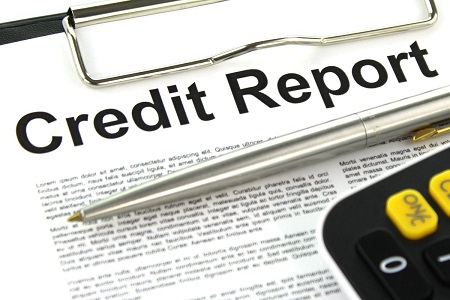
Last week in this space, we highlighted a story about how BEAD, the $42 billion federal broadband grants program, requires grant recipients to provide a Letter of Credit for 25% of the grant award.
As Connect Humanity’s Calum Cameron noted, “alongside the additional 25% match requirement, this capital barrier will shut out a huge number of ISPs.”
The Texas Tribune story we bring to your attention this week provides a real-world example of how this is playing out in the Lone Star State where an estimated 7 million Texans do not have access to broadband.
Last month, it was announced that Texas would get $3.3 billion in BEAD funds. But, as Lozano Carver reports:
“One month later, as the state prepares to submit a five-year plan to federal agencies on broadband deployment, the finer details of who may qualify for federal money in the Broadband Equity, Access and Deployment Program has come into sharper focus.”
“And rural Texas advocates and owners of smaller telecommunication companies worry the communities they serve will be shut out of the historic investment.”
Towards the end of the story, we see how the Letter of Credit requirement is impacting the decision making of smaller providers.
“Totelcom, a rural Internet service provider, started as a small cooperative in rural De Leon and now serves 10,000 businesses and households in Central Texas. Jennifer Prather, Totelcom’s CEO, said she hasn’t decided yet if her company will apply for the federal grants.”
Prather is quoted as saying:
“This is harder for us to overcome than those large providers who have already chosen not to serve those areas. This is something a large national provider doesn’t have a problem with. But they’re not the ones out here doing this already.”
“Just to get these letters of credit can be impossible without tying up a bunch of funds. It’s one of many issues that, added together, make us want to put our hands up and say, ‘We’re just not going to do that.’”
Read the full Texas Tribune story here.
New Report Exposes Rot in Big Apple
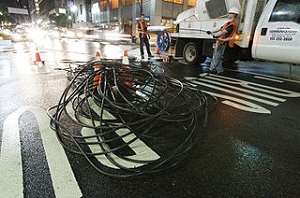
The last story comes out of the Big Apple – a story by Jill McManus published in the WestView News under the headline: Blockbuster New Report Exposes "Largest Accounting Scandal in American History.”
The story focuses on a new report published by the Irregulators, an independent consortium of telecom watchdogs.
It's a good reminder of why trusting monopoly incumbents to bridge the digital divide is a fool’s errand.
“Verizon has failed to deliver promised fiber optic connectivity to New York City despite charging local customers billions for the service, according to a new report from the Irregulators.”
“According to the report, a 2008 agreement between the City and Verizon New York promised a fiber optic cable connection to every residential home or apartment by 2014. Verizon was able to saddle local phone customers with massive rate increases to finance the initiative because the upgrades fell under Title II infrastructure improvements to replace existing legacy copper lines. To this day, Verizon New York has never completed the work: Instead, they’ve pushed to allow wireless as a replacement for their fiber optic commitment.”
That means that people using a price regulated service are paying for fiber connections that they themselves cannot access - which is generally considered bad policy.
McManus then goes on to raise a simple $7 to 8.6 billion dollar question: “So – where’s our promised fiber?” The Irregulators report seeks to answer that question.
“Since at least 2012, Kushnick found, Verizon has been putting constructions costs under ‘Title II,’ the designation for common carrier for a regulated public utility, a status granted to them by the NY Public service Commission in 2005 for the promise of fiber to the premises (FTTP), along with a rate increase. They raised local service rates frequently and added fees, while listing such things as lobbyists, lawyers, and even corporate jets in the local service expenses column. This made it appear that local lines were a losing proposition (although they cleverly did not publicly ask for subsidies), while letting the legacy copper lines that customers were paying for disintegrate instead of maintaining them, dismantling the state’s infrastructure.1 This has led to the ongoing bilking of American consumers, who are paying 5-20 times what people overseas pay for communications. For example: in America, the wired ‘Triple Play’ bundle costs $220 a month on average, while overseas the average is $35.”
“Between 2005 and 2015, Kushnick says, Verizon overcharged a total of $7-8.6 billion – but who’s counting? The New York Public Service Commission never did an audit of the books, or any examination of customer funding: The true amount will only be established by a full audit.”
While careful observers of the telecom industry have been howling about these kinds of practices for years, the story serves as a painful reminder for those unfamiliar with the backstory and just want to fully participate in a 21st century economy that requires ubiquitous access to high-speed Internet connectivity.
Read the full WestView News story here.
But one thing the story leaves out is something we reported on back in November 2022, namely that in 2020 the New York City Internet Master Plan was unveiled. It was an ambitious plan – one that was designed to bring affordable broadband to 45,000 residents of New York City Housing Authority (NYCHA) buildings, a major streamlining of broadband deployment bureaucracy, and several initiatives prioritizing subscriber privacy and choice.
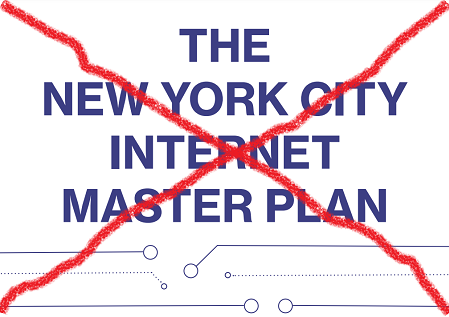
At the heart of the proposal was a plan to spend $156 million to create citywide fiber and wireless open access networks in underserved portions of the city that would be open to all competitors. The plan specifically targeted the most underserved parts of the city, given officials estimated it would cost $2.1 billion to deploy such a network city wide.
City officials had forecast the plan would boost competition, create 165,000 new jobs, result in a $49 billion increase in personal income, and create up to $142 billion in incremental gross city product by 2045 – all while delivering faster, more affordable broadband to 1.5 million city residents currently without access.
What happened to that plan? In June of 2022, new New York City Mayor Eric Adams announced that the city would be “pausing” the entire initiative for “re-evaluation.” Then he replaced it with a plan that will fork over $30 million a year to the monopoly incumbents.
Inline image of letter of credit courtesy of FreePix.uk
